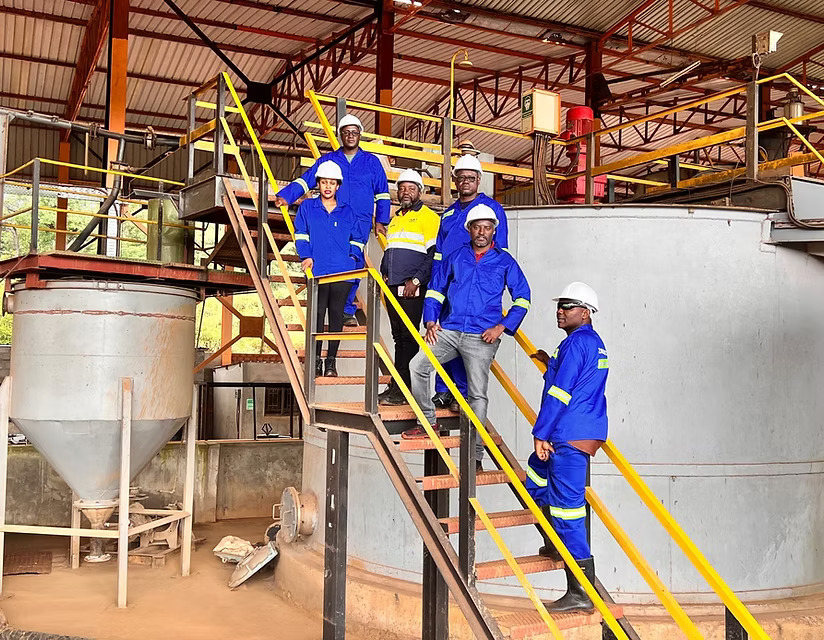How miners kept their big machines running during the downturn
During the commodity downturn, Joy Global helped customers reduce costs by breaking apart maintenance schedules and prioritizing work, says James Ficzere, General Manager of Joy Global in Canada.
Ficzere, who spoke to MINING.com at the PDAC convention in March, says his customers have been very focused on reducing CAPEX and OPEX.
“The solutions that we would look at for customers are extending benchmark hours on components,” says Ficzere.
“Our experts talked to the customers and said: ‘Look, you’ve got a piece of equipment that has maybe 70,000- 80,000 hours on it. Here is the condition of it and maybe here are 10 things that are of concern to you. Maybe we can let three or four items go but we’ve got to fix a couple things.’
“Again, most of our equipment is all primary movers. It’s got to be there to produce the ore.”
Transcript below is edited for clarity.
MINING.com: Who are you?
James Ficzere: Hi, I am James Ficzere. I am the General Manager of Joy Global in Canada, and we have branches all throughout Canada that support the mining industry.
MINING.com: What does Joy Global do?
James Ficzere: Joy Global manufactures and support mining equipment for the underground, surface and hard rock industries. So we participate in anything such as potash, coal and hard rock minerals like gold and silver. Of course oil sands in Canada are very important as well as the main stays like copper etc.
MINING.com: If a company is having difficulty with cash or just the low commodity market, what are some solutions that Joy Global can look at?
James Ficzere: The solutions that we would look at are definitely extending benchmark hours on components. Our experts talk to the customer and say: “Look, you’ve got a piece of equipment that has maybe 70,000- 80,000 hours on it. Here is the condition of it and here are 10 things that are of concern to you. Maybe we can let three or four items go but we’ve got to fix a couple things.” Again, most of our equipment is all primary movers. It’s got to be there to produce the ore. So it’s all about solutions—where we can extend service intervals. That’s the pressure on customers right now and what we can offer them.
MINING.com: Looking forward, what are some industry trends?
James Ficzere: I think the good trend for this cycle has been forcing everybody to focus on operating costs. That has always there but I think the emphasis for Canadian miners has to be on lowest cost per ton. So when we come out of this, Canadian miners will be well-positioned world wide. Number two is helping customers take their employees away from the face from a safety standpoint. So there’s a lot of emphasis on automation—not necessarily with trucks but with automated conveyor systems. We are seeing a trend in underground where air movement and the cost of getting air down in the mines is expensive, so we are seeing a lot more focus on battery technology to get diesel engines.
MINING.com: What trends do you see going forward. What excites you?
James Ficzere: Definitely we are seeing customers moving away from lead acid batteries. At our company we are spending a lot of time and resources to get a battery technology that is self contained and doesn’t produce any harmful, explosive or poisonous gases. Customers are going to need to get a full shift on those batteries, which is a problem now.
MINING.com: How is the mining industry looking forward?
James Ficzere: For the next 12- 18 months, we are going to be in the same situation. We don’t see demand and supply coming around until mid to late 2017. We then see the industry coming around. We are face of our customers, and we are being told that it’s going to be pretty difficult for the next 12 months.
More News
Terra Metals, Metalex seal $100M deal to form copper-cobalt partnership in Zambia
May 28, 2025 | 10:12 am
{{ commodity.name }}
{{ post.title }}
{{ post.date }}



Comments